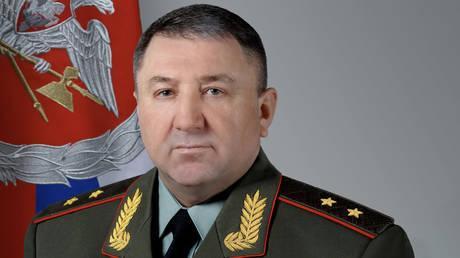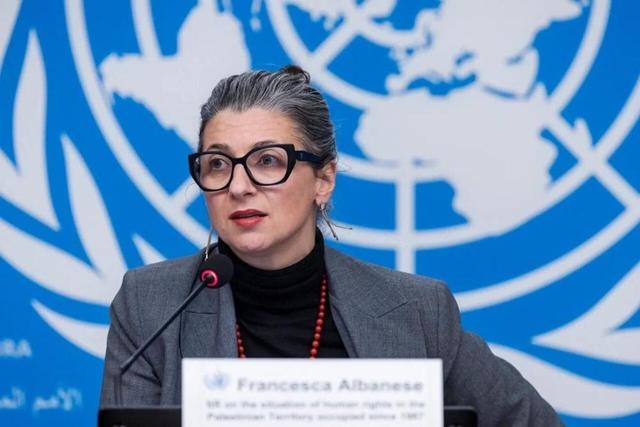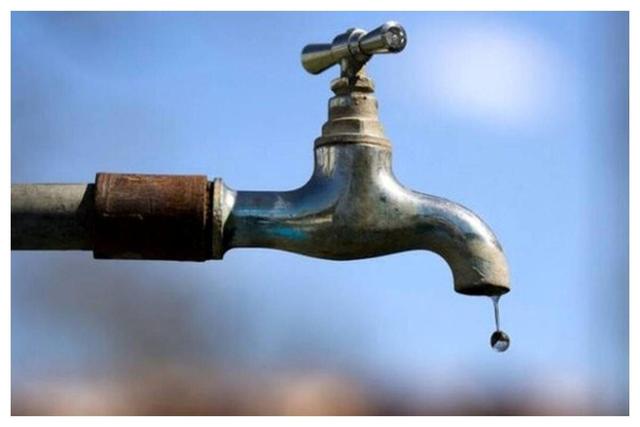Sudan's takaaya community kitchens collapsing as population starves
Sudan's takaaya community kitchens collapsing as population starves

Sudan's community kitchens, which have played a vital role in feeding the country's famine-stricken population since the current war began in April 2023, are on the verge of collapse, according to a new report by Islamic Relief.
The charity has also found that 83 percent of Sudanese families don't have enough food to eat, as extensive interviews and research carried out across Sudan revealed that international neglect, supply shortages and volunteer exhaustion are threatening the survival of the kitchens.
Known as takaaya, the kitchens are more than just food banks, providing hope and solidarity for Sudanese across the country.
They usually operate alongside Emergency Response Rooms (ERRs), the Sudanese mutual aid networks that have been at the forefront of the humanitarian response to Sudan's war and which were nominated for the Nobel Peace Prize in 2024 and 2025.
Under President Joe Biden, the US began funding the ERRs, which came to operate almost 1,500 kitchens across Sudan. But since President Donald Trump axed USAID, that funding has been severely restricted, with the ERRs left struggling to operate a fraction of the number of kitchens.
In March, Sudanese volunteers, famine experts and US officials told Middle East Eye that the funding cuts would lead to far more people starving to death.
“Takaaya doesn’t just provide meals. They provide life to the community and increase social cohesion,” said Mazen Osman ibn Ibrahim, a volunteer from Khartoum. “It is a way of life for the Sudanese people.”
Osman ibn Ibrahim was speaking to Islamic Relief, in interviews shared with Middle East Eye, from a takaaya in the Sudanese capital.
“Our religion teaches us that if we lift the burden off someone then Allah will lift a burden of ours,” he said. “It is essential to give back and not turn away those in need.”
'We just want the takaaya to keep running – and for no one to go hungry'
- Manal Ahmed Ibrahim, Sudanese volunteer
Takaaya is a centuries-old Sudanese tradition, which draws on the Sudanese practice of nafeer (mutual aid), as well as the Islamic principles of sadaqah and zakat (charity).
They can be based in mosques, community centres or homes, and usually operate in a democratic and decentralised structure. As well as food, they can provide shelter, health facilities, support for victims of sexual violence and many other services.
These structures are often able to operate in dangerous areas inaccessible to international aid agencies, due to how embedded they are in local communities.
In many cases, the cost of delivering a meal at a takaaya – between $2 and $3 – is more cost effective than traditional humanitarian aid.
In el-Fasher, the city in Darfur which was recently seized by the paramilitary Rapid Support Forces (RSF), takaaya is the only source of food for many families.
Struggling kitchens
But it’s becoming increasingly difficult for organisers to keep the kitchens going.
Of 585 Sudanese households surveyed by Islamic Relief, 52 percent said they had food supplies that would not last them beyond one week.
Takaaya organisers said they have had to downsize from providing two or three meals per day to just one.
'While the international community has looked away… these volunteer-run community kitchens have provided a lifeline'
- Nadeem Malik, Islamic Relief
A volunteer in Khartoum said that eight of the 11 community kitchens in his area had shut down this year.
Most of the kitchens rely on cash and food donations from the Sudanese diaspora, as well as the local community. Apart from a few exceptions, such as Islamic Relief, there is limited coordination between takaaya and international humanitarian organisations.
“Our main wish is for sustainable, ongoing support so that the takaaya doesn’t stop – and we can go back to providing two meals instead of one,” Manal Ahmed Ibrahim, a civil servant volunteering at a takaaya in Shambat, north of the capital Khartoum, told MEE.
“We just want the takaaya to keep running – and for no one to go hungry.”
Ibrahim explained that financial constraints have meant the kitchens have switched to cooking with firewood instead of charcoal. He said the switch caused health problems for many volunteers, due to smoke inhalation and exhaustion.
“There’s also the problem of mosquitoes, insects, and waste around the area, which makes the environment difficult,” he said.
'The takaaya never stopped'
Despite the challenges, men and women at his kitchen are determined to come together to feed their compatriots.
“The takaaya never stopped, and there’s always someone willing to work,” Ibrahim said.
Islamic Relief called in its report for humanitarian aid to adapt and better help local partnerships and groups.
“While the international community has looked away and slashed aid, these volunteer-run community kitchens have provided a lifeline for millions of people,” Nadeem Malik, the charity’s interim chief executive, said.
“But they are now at risk of collapse. The impact of losing this vital safety net would be catastrophic.”
As of September, around 700,000 Sudanese are estimated to be experiencing famine and starvation.












